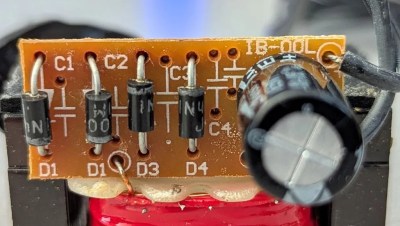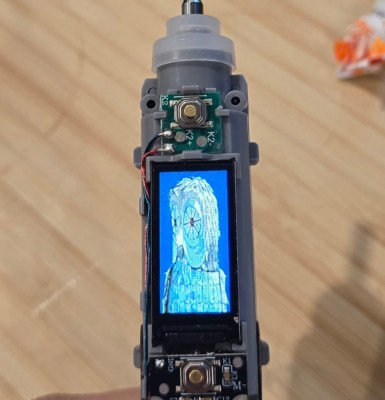The list of countries to achieve their own successful orbital space launch is a short one, almost as small as the exclusive club of states that possess nuclear weapons. The Soviet Union was first off the rank in 1957, with the United States close behind in 1958, and a gaggle of other aerospace-adept states followed in the 1960s, 1970s, and 1980s. Italy, Iran, North Korea and South Korea have all joined the list since the dawn of the new millennium.
Absent from the list stands Australia. The proud island nation has never stood out as a player in the field of space exploration, despite offering ground station assistance to many missions from other nations over the years. However, the country has continued to inch its way to the top of the atmosphere, establishing its own space agency in 2018. Since then, development has continued apace, and the country’s first orbital launch appears to be just around the corner.















